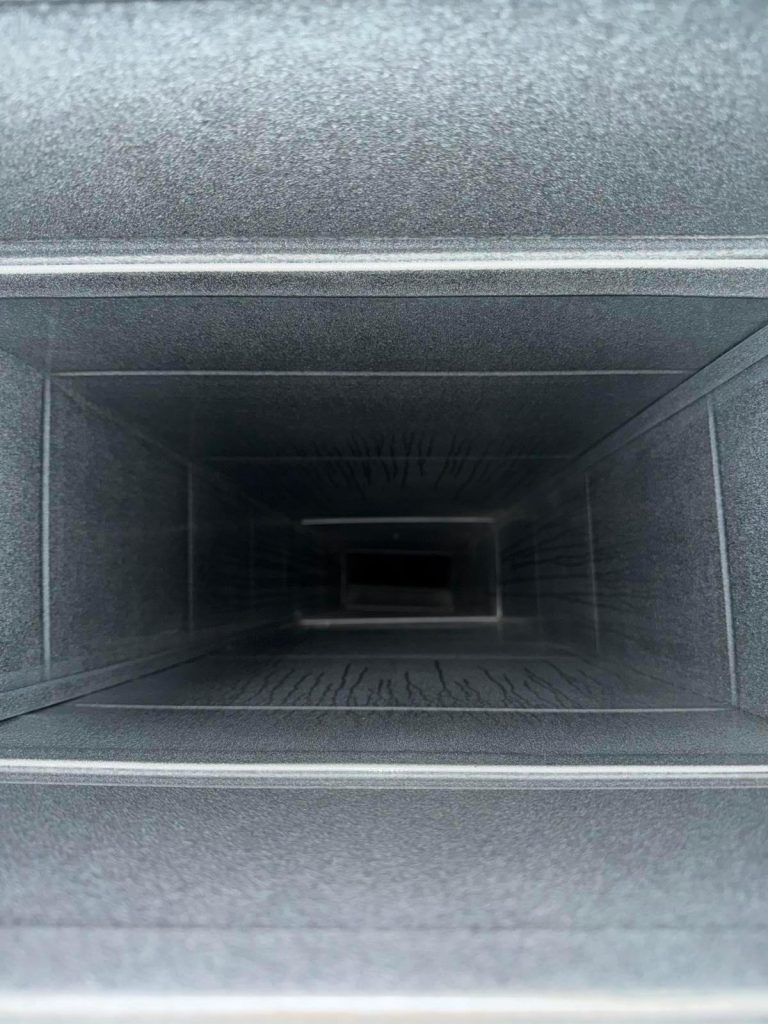The air inside a home is the first and last thing your body meets every day. You breathe it while you sleep, when you cook, when you play with children, and when you rest after a busy afternoon. Clean indoor air supports calm breathing, steady energy, and clear thinking. When air quality is neglected the body works harder, eyes and skin feel irritated, sleep can be shallow, and headaches become more common. For people with allergies or asthma the difference between stale air and fresh air can shape the rhythm of an entire week. A natural health lifestyle is not complete without attention to the air that fills your lungs.
How the Home Becomes Polluted
Indoor air collects small particles and gases from many ordinary activities. Cooking releases ultrafine particles and moisture. Scented candles and strong cleaners add volatile compounds. Dust arrives on shoes and clothing and then mixes with pet dander and fabric fibers. In cool seasons we seal windows and run heating systems for long hours, which means yesterday’s air becomes today’s air. If moisture lingers in bathrooms or basements, mold can grow and release spores into the living space. Over time these sources combine, and you sense it as a dull heaviness, a faint odor at start up of the system, or a thin layer of dust returning soon after you clean.
Daily Habits That Keep Air Cleaner
Natural health begins with simple routines that respect the way air moves. Open windows for a short exchange when weather allows, especially after cooking or showers. Use the range hood while you sauté or bake and let it run a few minutes after you finish. Switch on bathroom fans during and after a shower to remove steam and reduce the chance of mildew. Shake out door mats and leave outdoor shoes at the entry so soil does not travel across the floors. Vacuum slowly with a machine that has a sealed body and a high efficiency filter, since quick passes with a weak vacuum can push fine dust back into the room. Wash bedding regularly in warm water and dry it completely so dust mites have fewer places to thrive.
Humidity Balance is Essential
Your lungs prefer air that is neither too wet nor too dry. Aim for a range near forty to fifty percent relative humidity. When the number climbs much higher, dust mites and mold feel welcome. When it falls much lower, nose and throat tissues can feel dry and more reactive. A small digital sensor placed in the living room and in a bedroom will guide you. In damp seasons, a dehumidifier can protect basements and first floors. In dry seasons, a well maintained humidifier with clean water and a fresh filter can help you sleep more comfortably. Consistent humidity creates a calm environment for the airway and also protects wood furniture and floors.
Choose Clean Products and Pure Scents
A natural approach favors gentle cleaners and minimal fragrance. Look for simple ingredient lists and avoid aerosol sprays indoors. Fresh herbs simmering in a little water will scent a kitchen without leaving chemical residues. If you enjoy essential oils, use them sparingly and only in well ventilated rooms. Always observe how your body responds and scale back if anyone in the home feels congested or light headed.
The Role of Filtration and the System That Moves Your Air
Your heating and cooling system does more than set the temperature. It is the heart that circulates air through every room. A good filter is like nutrition for the system. Choose a pleated filter that captures fine particles without choking airflow, and change it on a consistent schedule, often every two or three months. Mark the install date on the frame and set a reminder so it is never forgotten. Keep supply registers and return grilles unblocked by furniture and drapes so air can move freely.
Why Air Duct Cleaning Supports Natural Health
Even with perfect filters, the inner walls of ductwork slowly gather a film of dust and fibers. Air slows at seams and turns, and particles fall out of the airstream and cling. Moisture from everyday life can help that film become sticky. The result is a narrow pathway that stirs odors at start up and sends a fine haze of particles back into rooms. Professional air duct cleaning removes that buildup and resets the interior to a clean state, so your system moves air with ease. A careful service places the ductwork under strong negative pressure, loosens debris with gentle tools suited to the material, washes and sanitizes vent covers when appropriate, and confirms smooth airflow when finished. The difference is not only what you see on a vent face, it is the way the whole home feels lighter and calmer.
Tackle Moisture and Mold at the Source
If you sense a damp smell do not cover it with stronger scents. Find the source. Fix small leaks under sinks, recaulk around tubs and showers where needed, and run bathroom fans long enough to clear steam. In basements, store items on shelves and allow air to circulate behind boxes. If you discover signs of mold on a wall or within a closet, dry the area fully and consider a professional assessment if growth is widespread. Clean air begins with dry, sound surfaces.
Create a Green Corner With Plants
Houseplants do not replace ventilation and filtration, yet they add life and can support a mindful routine. A few easy plants placed away from supply vents are enough. Water them carefully so soil does not stay wet. Wipe their leaves during regular cleaning, which removes dust and helps them thrive. Caring for a small green corner invites you to slow down and breathe with intention.
Bedrooms Deserve Special Care
You spend many hours in your bedroom each night. Wash pillowcases and sheets on a steady rhythm and dry them fully. If the room feels stuffy in the morning, open a window briefly to exchange the air, then set the thermostat back to a comfortable temperature. Keep the floor clear so vacuuming is easy and thorough. If anyone in the home is very sensitive, consider a small room air purifier with a sealed high efficiency filter and keep it running on a quiet setting while you sleep.
Cooking Without Compromise
Cooking should nourish the body without filling the home with persistent smoke or grease. Preheat pans gently, keep oils below their smoke point, and turn on the range hood every time the stove is in use. If the hood does not vent outdoors, upgrade when possible, or open a window a few centimeters to assist the fan. Wipe the stovetop after use to remove residues that can off gas later. Small steps give you bright flavors and a clear kitchen atmosphere.
Maintenance That Complements a Natural Lifestyle
A home that feels pure is the result of small habits and wise care. Replace system filters on schedule. Keep vents clean with a soft brush attachment during regular vacuuming. Choose gentle cleaners and add fresh air whenever weather allows. Balance humidity so breathing stays comfortable. And plan periodic air duct cleaning to restore the interior of the system that circulates the air you depend on every hour. These are not cosmetic tasks. They are a form of daily nutrition for the space where you heal, learn, and rest.
The Calm of Clean Air
You know the feeling the moment you walk in. The house is quiet, the air is clear, and every breath feels easy. Children sleep more soundly, mornings begin without a scratchy throat, and your mind focuses with less effort. Clean indoor air is not a luxury. It is a foundation for natural health, as vital as whole foods and fresh water. Give attention to the small sources of pollution, open windows with purpose, keep humidity steady, maintain the system that moves your air, and schedule professional air duct cleaning when needed. The reward is a home that supports your body in the most elemental way, one breath after another.

